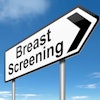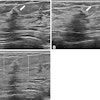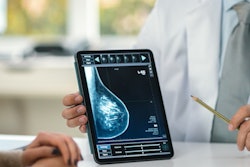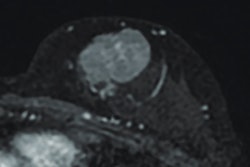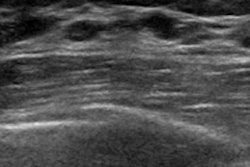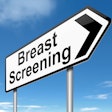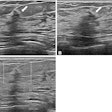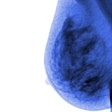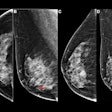Limited access to primary care providers (PCPs) and variable screening recommendations hinder mammography uptake, particularly among patients who get healthcare at a safety-net system, researchers have reported.
The results underscore the need to connect patients to PCPs, wrote a group led by Malcolm Su, MD, of the University of Texas Southwestern in Dallas. The study was published July 31 in the American Journal of Preventive Medicine.
"A large proportion of patients initially present in the [emergency department] and ultimately are diagnosed with advanced disease," the team noted. "This study highlights the value in connecting [emergency department] users to primary care and encouraging regular follow-up clinic visits with PCPs to increase screening mammography uptake."
Screening mammography has been shown to reduce cancer-related mortality by detecting breast cancer at earlier stages, but "it can be difficult for underserved patient populations to effectively navigate the health care system," the authors explained. "As a result, safety-net systems are important sources of preventive care by reducing disparities for vulnerable populations and engaging patients in cancer screening," they wrote. Even trickier, PCPs have to wrangle "variable screening recommendations, particularly surrounding the timing of initial screening, among different cancer organizations, make it difficult to maintain consistency in practice patterns," according to the group.
Su and colleagues sought to assess screening mammography uptake at a safety-net facility via a study that included 468 women diagnosed with new invasive breast cancer between 2018 and 2019 at Parkland Health, a public hospital in Dallas, TX. The team categorized the women into the following groups: never screened (i.e., no screening mammography within 5 years of diagnosis), ever-screened (last screening mammography between 2 and 5 years prior to diagnosis), and recent-screened (screening mammography within 2 years of diagnosis). In these categories, 237 women were never-screened (50.6%), 113 were ever-screened (24.1%), and 118 were recent-screened (25.2%).
Overall, the investigators found that half the women with newly diagnosed breast cancer during the study period had not had a screening mammogram within the preceding five years. Of these, 131 (27.9%) patients were between the ages of 40 and 49 at diagnosis, "reflecting a gap in prior screening guidelines," they noted. On the positive side, women who had established relationships with a primary care provider at the time of diagnosis were more likely to have early-stage disease (p < 0.001).
Of the women diagnosed with breast cancer, 21.6% were initially seen in the emergency department and 64.7% of were uninsured at time of diagnosis, two findings that "illustrate how the emergency department is an important key contact point for this safety-net patient population and serves as an important link to establishing with a primary care provider," according to Su and colleagues.
"[Our study suggests] that patients who were established with a PCP at time of diagnosis were more likely to have early-stage breast cancer, emphasizing the importance of connecting patients to PCPs and encouraging follow-up clinic visits," they concluded.
Access the full study here.


